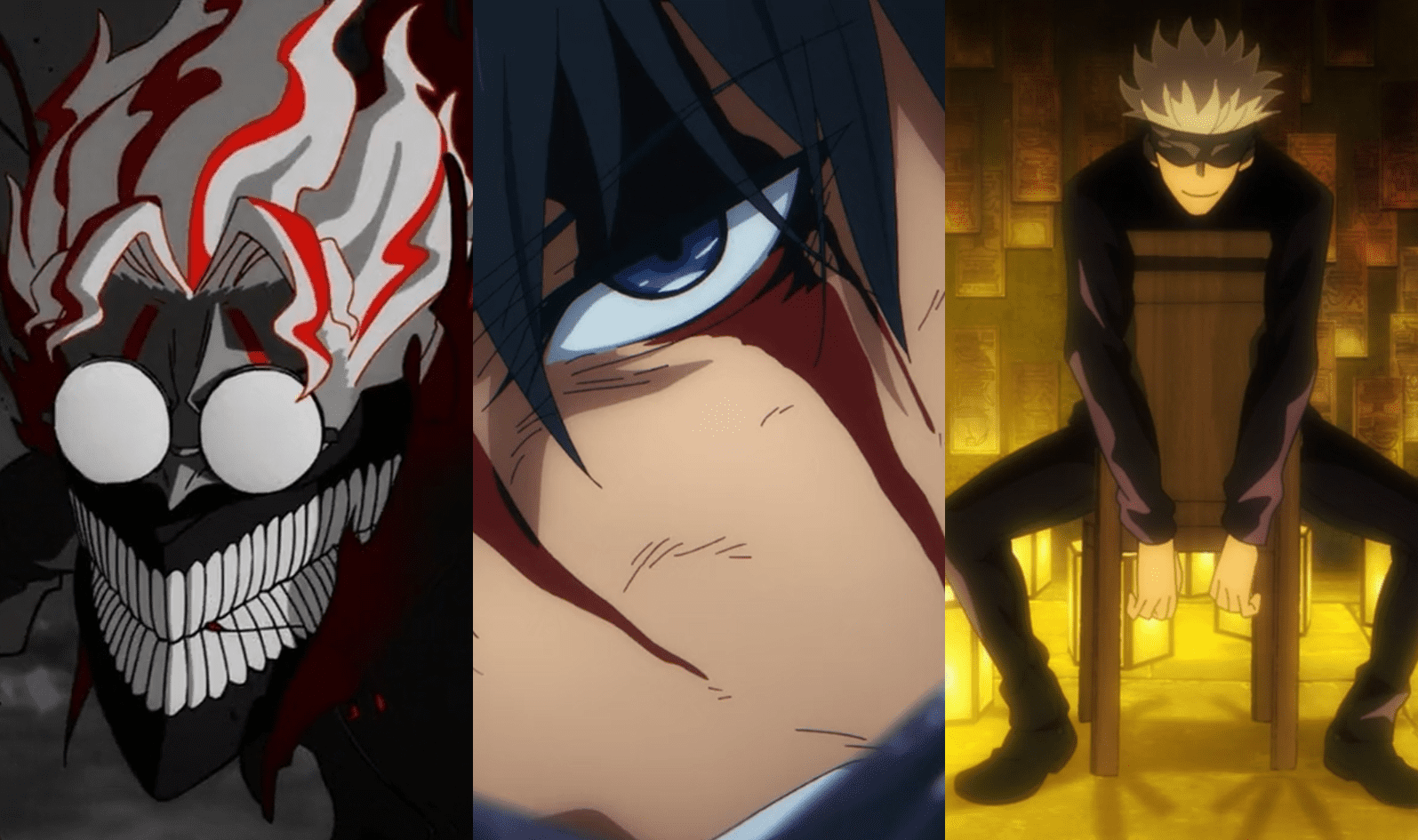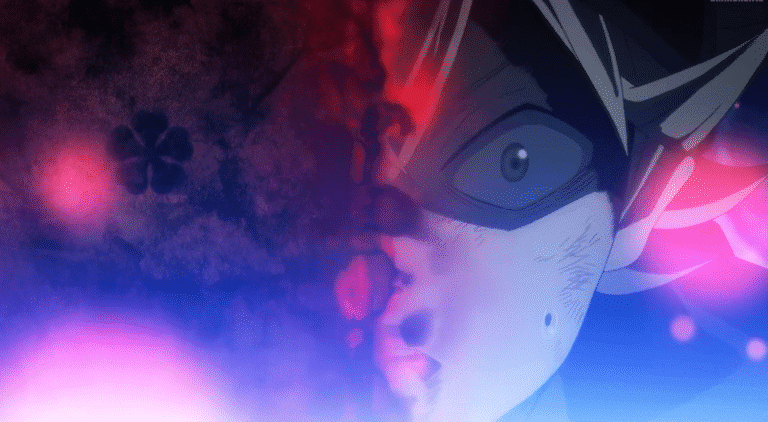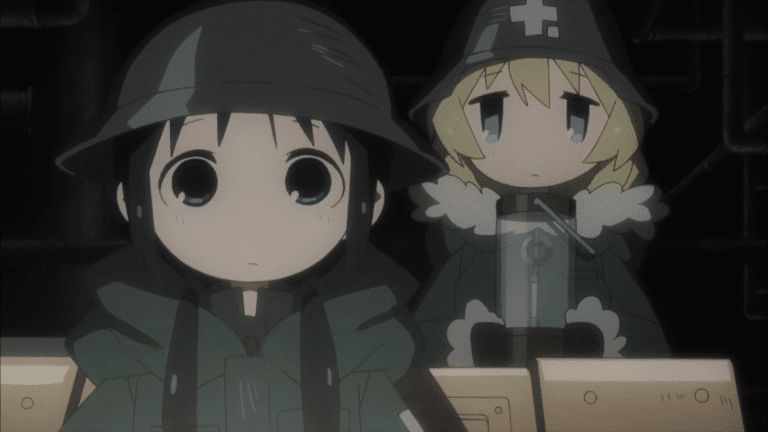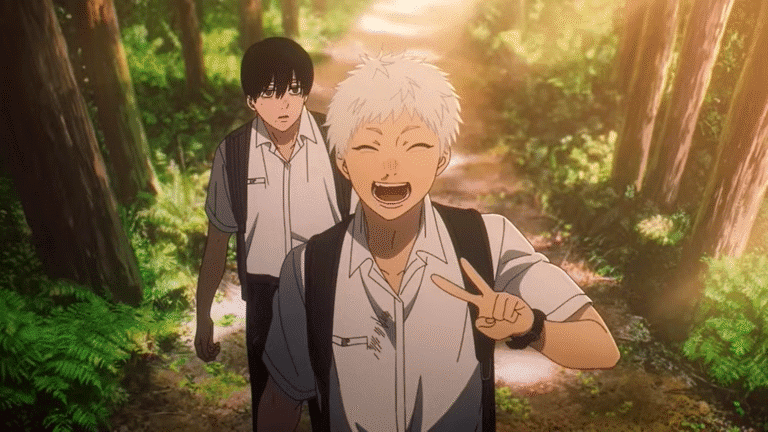Why Modern Anime Is Getting Shorter (And Is That a Good Thing?)
Noticed Anime Getting Shorter?
Remember the days of 50-episode anime like Naruto, Bleach, or Fullmetal Alchemist that ran weekly for years? Fast forward to 2025, and many new anime are barely 12 episodes long — sometimes even fewer.
You’re not imagining it.
Modern anime is getting shorter, and this trend has been steadily growing. But why? Is it due to budget issues, storytelling shifts, or a strategic choice?
Let’s break down why anime seasons are shrinking — and whether that’s a good thing or not.
📉 The Evolution of Anime Episode Counts
Then vs. Now:
- Classic Era (1990s–2000s): Long-running series with 50+ episodes, often airing year-round with filler arcs (Dragon Ball Z, Inuyasha, One Piece).
- Transitional Period (2010s): Introduction of seasonal anime, typically 12–25 episodes per season (Attack on Titan, Tokyo Ghoul).
- Modern Era (2020s–2025): Frequent use of single cour formats (12–13 episodes), with split-cour releases and special episodes (Chainsaw Man, Jujutsu Kaisen S2, Oshi no Ko).
🧩 Why Are Anime Seasons Getting Shorter?
1. Production Constraints and Quality Control
Shorter seasons allow studios to focus on quality over quantity. Shows like Demon Slayer and Attack on Titan Final Season set a new standard in animation — but producing that level of detail takes time.
✅ Pro: Better animation and fewer dips in quality
❌ Con: Long waits between parts or seasons
2. Streaming and Binge Culture
With platforms like Crunchyroll, Netflix, and Disney+ involved in licensing and funding, the focus is now on digestible, bingeable content.
- Short seasons are easier to promote
- Fans can finish them over a weekend
- More efficient for international release schedules
3. Testing Audience Interest
Studios use short runs to gauge how fans react before greenlighting more episodes or a sequel.
Example:
- Spy x Family launched with 12 episodes, later expanded due to its overwhelming success.
✅ Pro: Prevents overproduction of flops
❌ Con: Great shows may get cut short if they don’t perform immediately
4. Rise of Split-Cour Formats
Instead of airing 24–26 episodes consecutively, anime is split into two separate “cours” (seasons), each about 12–13 episodes.
Example:
- Attack on Titan: The Final Season aired in 4 parts across multiple years.
This allows more time between releases but can feel like endless delays to viewers.
5. Budget and Labor Constraints
Animation is expensive and time-consuming. Studio MAPPA and others have faced public criticism for overworking animators.
Shorter anime help studios:
- Manage tight deadlines
- Allocate resources more efficiently
- Avoid burning out staff
✅ The Pros of Shorter Anime
- Higher Production Value: Focused budgets mean better visuals and sound.
- Binge-Friendly: Easy for new fans to watch without committing to 100+ episodes.
- Tighter Storytelling: Less filler and more plot momentum.
- Flexible Scheduling: Allows studios to work on multiple projects per year.
❌ The Downsides of Shorter Anime
- Less Character Development: Short runtimes can limit deeper storytelling.
- Cliffhangers and Incomplete Arcs: Some anime end abruptly, awaiting a sequel that might never come.
- Frustrating Waits: Split seasons mean months (or years) between plot resolutions.
- Not Ideal for World-Building: Epic narratives often require more time to flesh out.
📺 Audience Reactions: What Fans Are Saying
- “I’d rather wait and get 12 perfect episodes than 50 rushed ones.”
- “The pacing feels too fast — like they’re squeezing too much into too few episodes.”
- “I miss the weekly journey with long-running series.”
- “Split cours are exhausting. Just give us one full season!”
There’s clearly no one-size-fits-all answer — different fans value different formats.
🤔 Final Verdict: Is This a Good Trend?
The shift to shorter anime isn’t all bad — in fact, it has allowed for some of the most stunning, tightly written anime in years.
But it also brings trade-offs: longer wait times, condensed pacing, and the uncertainty of sequels.
Ultimately:
Shorter anime are here to stay.
They reflect modern consumption habits, studio limitations, and new business models.
For better or worse, it’s changing how we experience anime.
💬 What Do You Think?
Do you prefer long-running anime like One Piece, or the 12-episode hits like Made in Abyss? Are split-cours killing your hype or keeping quality alive?
Share your thoughts in the comments — let’s discuss!
Image credit Science SARU, A-1 Pictures, MAPPA







